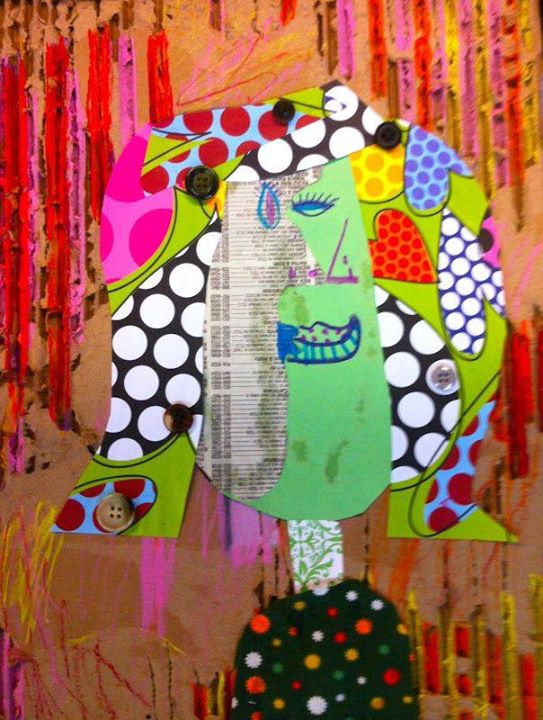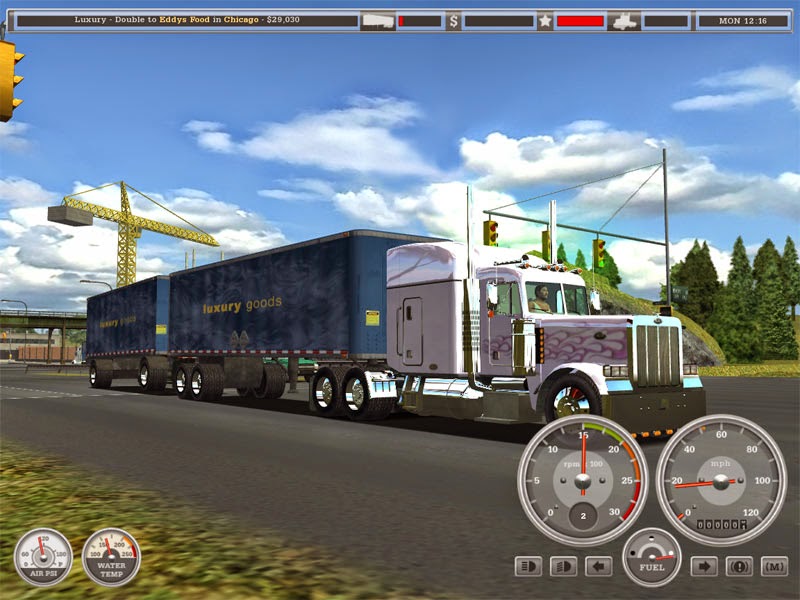Picasso Collage Maker
Site Menu
- The Museum
- About
- The Buildings
- The palaces
- Services
- Publications
- Visiting
- The Collection
- Exhibitions
- Past Exhibitions
- Events
- All Events
- Schools
- Past Events
- All Events
- Education
- Research
- Press
- Press Dossiers
- Contact and Media Registration
- Pablo Picasso
- Picasso and Catalonia
- Get Involved
Picasso collage maker free download. Photo & Graphics tools downloads - Picasso Album Maker by Q-Photo and many more programs are available for instant and free download.
Participate
Pablo Picasso invented collage as an artistic technique around the spring of 1912. But long before this, in Barcelona in March 1899, he made a drawing in which he glued a technically reproduced image: the portrait of an actress. We now know that this piece is a picture card from a matchbox, which were very popular in the late nineteenth century.
- Open Free Collage Maker. With our free collage maker app, you can add your own photos and any photo effect. You can either use a single image or select any grid layout to create a collage. You can add your own image from your PC or from your Facebook or Instagram account.
- Windows Photo Gallery. Windows Photo Gallery is an application that will make you feel right at.
- Creating collages online is easy with Ribbet!
From the peculiarity of the work, this small exhibition explores the new visuality of this period in which drawings and photographs vied for position in the popular illustrated papers and magazines, the boom in the mass production of printed images, which inundated everyday life, and the vogue for collecting them that seized a large part of the population.
Man Leaning Against a Wall
The drawing titled Man Leaning Against a Wall is part of a series of life studies drawn by Picasso at the Círculo Artístico de Barcelona in February and March 1899. This time was a crossroads in the young artist's life. He decided, against his father's wishes, to drop out of art school and pursue a career as an independent painter. The scrap of paper glued to the lower right-hand corner of the drawing is a matchbox picture-card from a series about performing artists: a popular image of the time. The subject of the photograph is the French actress Angeline Cavelle.
Picture cards
In Barcelona at the turn of the twentieth century, the graphic arts were thriving. The picture-card was a central feature; it typically came as a promotional gift, the most popular being the cromos given away with chocolate bars and matchboxes. You were given an illustrated album with allotted spaces in which to affix each picture-card as and when you added it to your collection. Each series revolved around a specific theme. This relationship between drawing and industrially copied photographs is strongly reminiscent of the duality established in Picasso's drawing.
Drawing factory I
Shortly after Man Leaning Against a Wall, Picasso threw himself into Barcelona’s bustling world of the graphic arts. His need to earn a living drove him to enter poster contests and design business cards and restaurant menus. In one drawing of the period, Picasso repeatedly wrote out the words 'Drawing Factory Pablo Ruiz Picasso Barcelona' in lettering reminiscent of advertising. In about 1899, the young Picasso took a keen interest in the 'kiosk artist' Théophile-Alexandre Steinlen. He scribbled Steinlen’s name repeatedly on a sheet of paper, and indirectly alluded to him in a portrait of his father in Gil Blas Illustré – a publication to which Steinlen was a fellow contributor.
Drawing factory II
Like Ramon Casas – a designer of posters and postcards whose drawings often appeared in the press, particularly Pèl & Ploma, a magazine he edited himself – Picasso was a prolific illustrator. His work appeared in the pages of the magazines Joventut, Catalunya artística and Pèl & Ploma, and the highpoint of his career as an illustrator was Arte Joven, a publication he edited himself for several months in Madrid in 1901. Later, he designed a poster for the newspaper El liberal (1902) and contributed to French popular magazines, such as the weekly Frou-frou (four drawings in 1901 and 1903).
Collage as social practice
By the late 19th century it was a popular pastime to cut out printed illustrations and put them together in a composition of your own. In photography, too, “clichés” were routinely cut, pasted and photographed afresh. Clippings were assembled to create new illustrations, which were then printed as postcards. This offshoot of the visual arts extended to posters, the small ads, theatrical programmes and ladies' fans. These were the trends forming the background to Picasso’s drawing.

Picasso: Cut and paste
Cutting and pasting was characteristic of Picasso. Even as a boy in Malaga, in 1890, he used scissors to cut out drawings, like this surviving picture of a dog. He made further use of this discovery in his later career, for quite different purposes. Many of his drawings enact a juxtaposition of violently opposed styles. In 1906, Picasso began to alloy post-Renaissance art with alternative traditions – Iberian, Australasian and African art – that at the time were still sneered at and misunderstood. It is not unfair to say that the whole of Cubism rests on that juxtaposition of languages. The process came to a head in the spring of 1912. Picasso glued an oil cloth to his painting Still Life with Chair-caning, and invented collage.
Picasso Picture Collage Maker
By.. Fèlix FanésConference
Thursday 8 March at 7.30 p.m.
The display A Collage before Collage looks at how Picasso, at the end of the 19th century, was already introducing elements from popular culture into his works, long before his famous collages of the 1910s. Fèlix Fanés, the curator of the show, will tell us more.
Display rooms
Carrer Montcada, 23
Admission free, limited number of places
Picasso Collage Maker Free

Rethinking Collage, Valeriano BozalACTIVITY CANCELED
With an introduction by Fèlix Fanés
Tuesday 22 May at 7.00p.m.
A reflection on collage on the occasion of the centenary of the creation of Picasso’s first collage, Still Life with Wicker Chair (1912).
Seminar rooms of the Centre for Knowledge and Research
Plaça Sabartés, 1
Admission free, limited number of places
In association with the UAB Master’s course ‘Rethinking Picasso’
Enganxina or sticker? Maja CecukWorkshop for kids

Sundays 11, 18 and 25 March and 15, 22 and 29 April from 11.30 a.m.to 1.30 p.m. (indenpendent sessions)
Come along and make your own stickers, large or small, with whatever colours, shapes and designs you like: to put your name on things, to stick to your bedroom window, to give to your friends… We’ll start by looking at how Picasso and other artists cut things out and stuck them onto their drawings, and then we'll try it ourselves!
Picasa Collage Maker
Seminar rooms of the Centre for Knowledge and Research
Plaça Sabartés, 1
Admission fee: 2 €
Recommended age range: from 6 to 11
Reservations: museupicasso_reserves@bcn.cat


Picasa Collage Maker Download
Fine pearls well milled, Gloria VilchesCollage workshop for adults
Picasso Guitar Collage
17-18 and 24-25 April from 6.00 to 9.00 p.m. total: 12 h
The first session will focus on reviewing the history of collage and examining the different techniques, styles and possible interpretations by means of the analysis of a number of key works, with the other three devoted to actually making collages on the basis of different creative premises. The aim is to create a space for understanding and discussion, but also and above all to work with our hands, cutting out and pasting a variety of materials.
Seminar rooms of the Centre for Knowledge and Research
Plaça Sabartés, 1
Admission fee: 9 €
Reservations: museupicasso_reserves@bcn.cat
Picasso Collage Maker Machine
- Title Focus Collection 3:
A Collage before Collage - Author Fèlix Fanés
- Year 2012
- Pages 208
- Languages Catalan/English,
Castilian/English - Format 16.5 x 23.5 cm
- Publisher Museu Picasso
- ISBN
Catalan 978-84-9850-373-9
Castilian 978-84-9850-374-6 - Design Edicions de l’Eixample
- Price 15€
Man Leaning against a Wall, a drawing that Picasso made in March 1899, when he was attending life classes at the Cercle Artístic de Barcelona, provides Fèlix Fanés with the starting point for a consideration of whether this work is or is not a collage — a technique generally regarded as dating in its modern form from 1912. Fanés takes us on a fascinating journey through the personal and social contexts in which the artist was moving in these fin-de-siècle years. His skilfully told narrative traces the origin of the picture card pasted onto the bottom right corner of the drawing and in passing portrays the new visuality of this period in which drawings and photographs vied for position in the large-circulation illustrated papers and magazines, the boom in the mass production of printed images, which inundated everyday life, and the vogue for collecting them that seized a large part of the population.
- Organized by Museu Picasso, Barcelona
Exhibition organized under the directorship of Pepe Serra - Administrator Núria Fradera
- Curator Felix Fanés
- Exhibition Coordinator Mariona Tió
- Curator of the Collection Malén Gual
- Documentation Margarita Cortadella
- Preventive Conservation Reyes Jimenez and Anna Vélez
- Registrar Anna Fàbregas and Jesús San Jose
- Public Programs Anna Guarro
- Cultural Activities Marta Iglesias
- Internet Mireia Llorella, El Taller Interactivo
- Publications Marta Jové
- Graphic design todojunto.net

